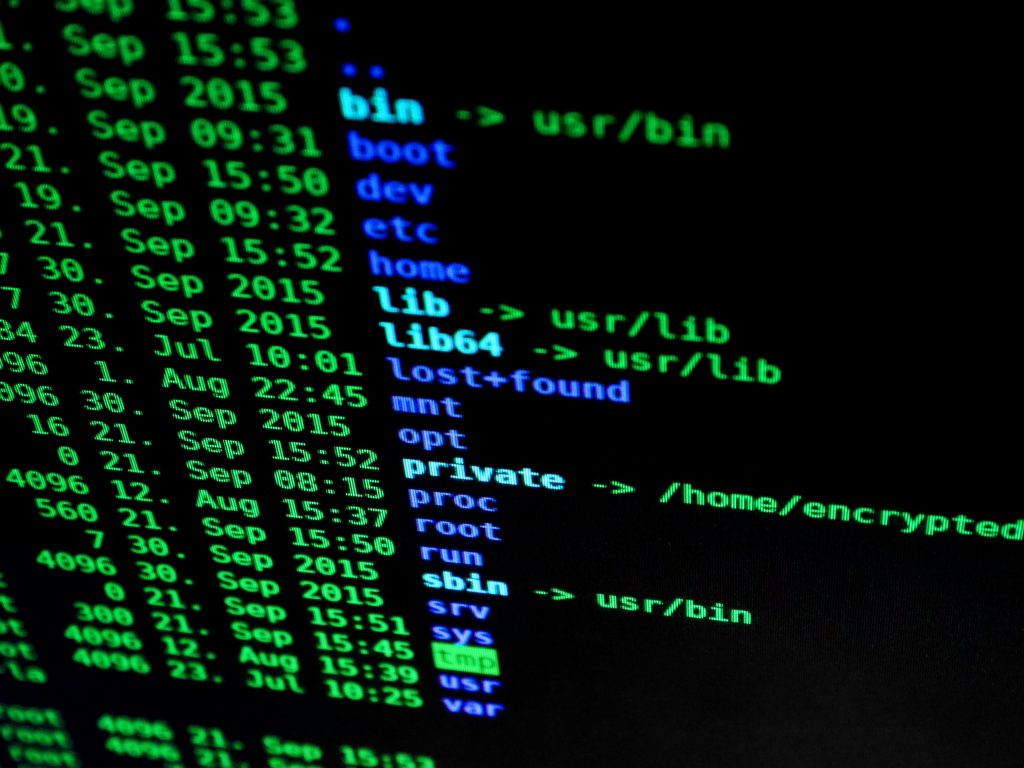Cybersecurity in 2025 faces unprecedented challenges as cyberattacks grow more sophisticated. Artificial intelligence (AI) has emerged as a critical tool in combating these threats, offering innovative solutions to protect systems, data, and users. This guide delves into the key aspects of AI-powered cybersecurity and its transformative role in the digital landscape.
1. What is AI-Powered Cybersecurity?

AI-powered cybersecurity leverages machine learning (ML), natural language processing (NLP), and other AI techniques to:
- Detect and respond to threats in real-time
- Automate security processes
- Predict vulnerabilities before exploitation
By analyzing vast datasets, AI identifies patterns and anomalies faster than traditional methods, making it indispensable for modern security frameworks.
2. Key Benefits of AI in Cybersecurity
1. Real-Time Threat Detection
AI monitors network traffic and user behavior continuously, identifying potential threats as they emerge.
2. Reduced Response Times
AI-driven tools automate incident response, minimizing the time between detection and mitigation.
3. Predictive Analytics
Machine learning algorithms analyze historical data to predict potential attack vectors and vulnerabilities.
4. Enhanced Accuracy
AI reduces false positives by correlating data across multiple sources, ensuring that only genuine threats are flagged.
3. Applications of AI in Cybersecurity
1. Threat Intelligence
AI processes threat data from multiple sources to provide actionable insights, enabling proactive defense strategies.
2. Behavioral Analysis
AI tracks user behavior to detect anomalies, such as unauthorized access or unusual activity patterns, which could indicate a breach.
3. Malware Detection
AI identifies known and unknown malware by analyzing file behavior and code patterns, even for zero-day threats.
4. Phishing Prevention
Natural language processing helps AI detect phishing emails and malicious links by analyzing their content and context.
5. Endpoint Protection
AI secures devices connected to a network, ensuring that endpoints are continuously monitored for vulnerabilities.
4. Challenges in AI-Powered Cybersecurity
While AI offers numerous benefits, it also introduces new challenges:
1. Adversarial AI
Cybercriminals use AI to develop more advanced attacks, such as AI-generated phishing scams and malware.
2. Data Dependency
AI systems require vast amounts of high-quality data for training. Insufficient or biased data can lead to inaccuracies.
3. High Costs
Implementing AI-driven cybersecurity solutions can be expensive, particularly for small and medium-sized enterprises (SMEs).
4. Privacy Concerns
AI’s reliance on data collection may raise privacy issues, particularly in sensitive industries like healthcare and finance.
5. Best Practices for Leveraging AI in Cybersecurity
1. Invest in Quality Data
Ensure that AI systems are trained on diverse, high-quality datasets to improve their accuracy and reliability.
2. Combine AI with Human Expertise
AI enhances human capabilities but cannot replace expert judgment. Collaborate with skilled cybersecurity professionals for optimal results.
3. Continuously Update AI Models
Threat landscapes evolve rapidly. Regularly update AI algorithms to adapt to emerging attack techniques.
4. Use Multi-Layered Security
Integrate AI tools with traditional cybersecurity measures for a comprehensive defense strategy.
6. Future Trends in AI-Powered Cybersecurity
1. AI-Driven SOAR (Security Orchestration, Automation, and Response)
AI will enhance SOAR platforms, enabling faster and more accurate incident response.
2. Federated Learning
This technique allows AI models to learn from decentralized data sources, improving privacy and reducing data transfer risks.
3. Explainable AI (XAI)
XAI aims to make AI decisions more transparent, helping organizations understand how threats are identified and mitigated.
4. AI for Offensive Security
Ethical hackers may use AI to simulate attacks, identifying vulnerabilities before malicious actors exploit them.
7. AI-Powered Cybersecurity Solutions to Watch
1. Darktrace
Known for its Enterprise Immune System, Darktrace uses AI to detect and respond to threats autonomously.
2. CrowdStrike Falcon
This platform leverages AI for endpoint protection, detecting malware and advanced persistent threats (APTs).
3. Symantec Endpoint Protection
Symantec integrates AI to provide robust protection against zero-day threats and ransomware.
4. IBM QRadar
This AI-driven SIEM solution offers comprehensive threat detection and response capabilities.
Conclusion
AI-powered cybersecurity represents the future of digital defense. By enabling real-time threat detection, predictive analytics, and automated responses, AI empowers organizations to stay ahead of evolving cyber threats. While challenges exist, adopting AI-driven solutions alongside human expertise ensures a robust and resilient cybersecurity posture.
Embrace AI-powered cybersecurity today to secure your digital future.









